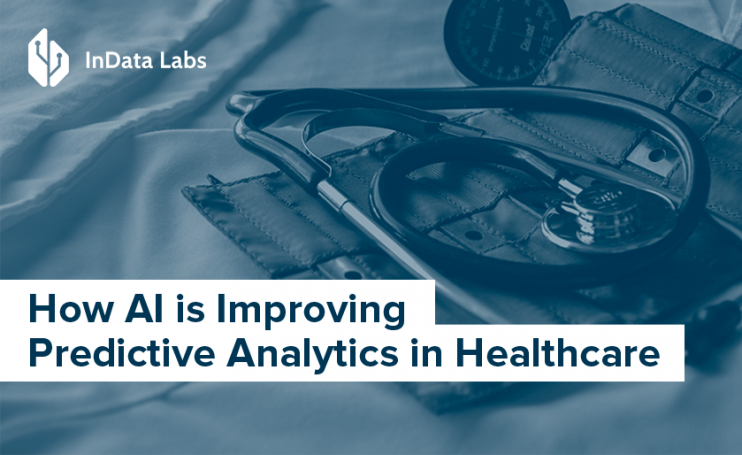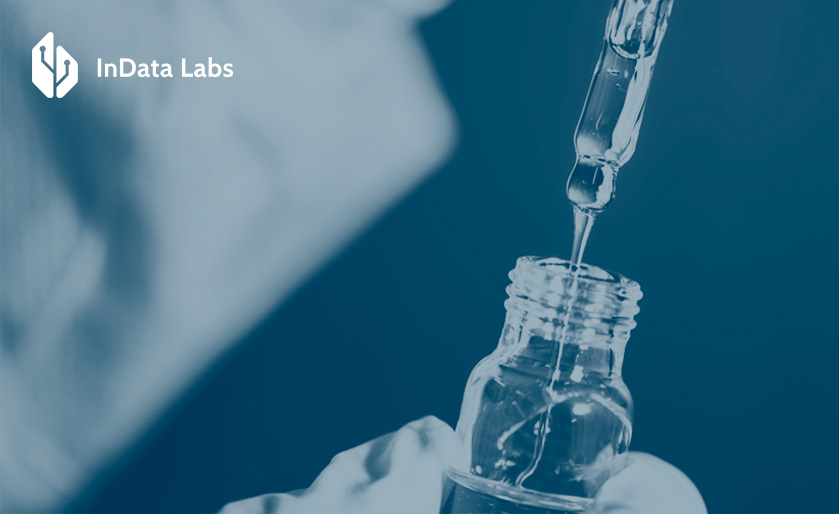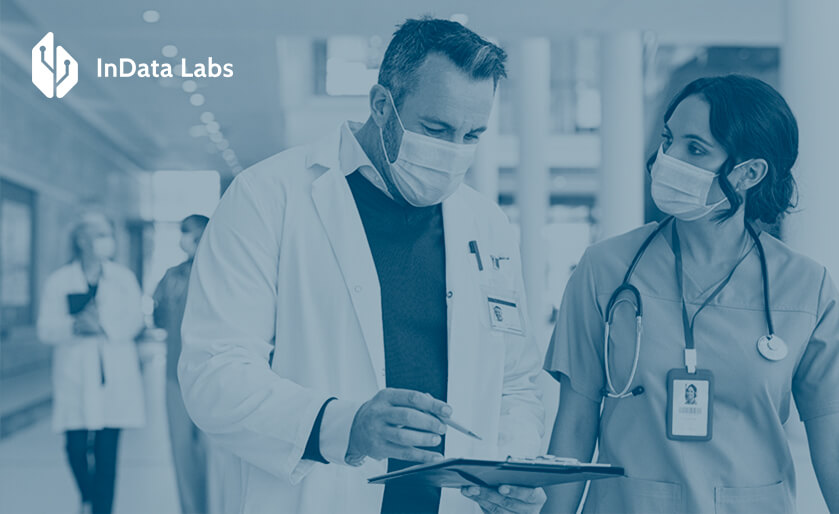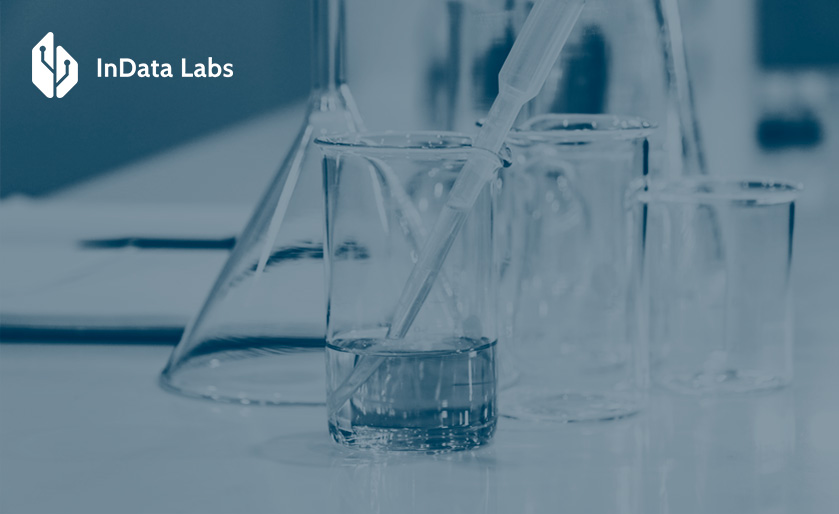Resistant to change, healthcare is now evolving with the speed of light. Driven by technology, it goes the extra mile to level up patient care. AI (Artificial Intelligence), ML (Machine Learning) and DL (Deep Learning), Predictive Analytics (PA) are the tech force pushing things on.
Predictive Analytics in Healthcare in Numbers
AI and predictive analytics have been the key development drivers for healthcare. The impact the two has had is spectacular. No news that the digitalization scenario is coming down the pike. But let’s recap briefly on some statistics:
Predictive Analytics in Healthcare: Examples
- Diagnosis and disease prevention
- Personalized care
- Operational efficiency
- Medication need prediction
What is Predictive Analytics in Healthcare?
PA is a mix of modelling, data mining, statistical techniques and machine learning for analysis and prediction. How is predictive analytics used in healthcare? It mines health data, math algorithms and ML techniques to make personalized predictions about patient outcomes. Simply put, it’s translating patient data into health insights and putting it to use.
Benefits of Predictive Analytics in Healthcare
According to Allied Market Research, the global PA market gained $2.20 billion in 2018, and expected to reach $8.46 billion by 2025. Share on X Here’s the takeaway from the key milestones for predictive analytics in the healthcare industry.
Making Headway in Diagnostics and Disease Prevention
Big data and predictive analytics in healthcare are used for making more accurate diagnoses. With technology in place, diseases can be easier prevented. In the realm of digitized medicine, doctors stand a better chance to spot at-risk patients. They can urge them to make a healthy lifestyle change to reduce health risks.
Take Alzheimer’s disease (AD). The damage it causes is irreversible. At earlier stages, the risk of dementia can be lowered if identified on time. Imagine a physician following a patient for many years. From the patient’s genome, the physician knows that the patient is likely to develop Alzheimer’s disease in the future. How come they found it out? Thanks to healthcare predictive analytics software. With the help of it, physicians now can dig deep into the human’s genome and spot biomarkers linked to β-amyloid plaques or neurofibrillary tangles.

Source: Unsplash
They are the precondition for brain change. The insights uncovered help physicians better navigate medical management and early AD patients care. They can plot out a preventative plan that would be a combination of medical treatment and healthy lifestyle traits. Engaging early AD patients in moderate physical activity, good nutrition and brain-training games can help lower the risk of dementia. PA and machine learning in healthcare will serve its part in the transition toward well-being and disease prevention in the years to come.
On the Way to Personalized Care
What works well for others won’t always work for one. It pretty much describes the doctor-patient relationship. Predictive analytics for healthcare providers is a Swiss Army knife. The technology makes the decision-making process easier. It helps choose a personalized treatment plan for those individuals that don’t respond to regular medication.
Predictions can be made based on patient treatment history and health data. This approach is error-free (potentially going for the wrong medication) and time-saving (trying different medication without getting anywhere).
Oncologists were one of the first to state the importance of predictive analytics in healthcare. They started using ML algorithms to identify early-stage cancer tissues. ML is good for cancer type prediction, since it models progression and best treatment plans possible. Today, ML coupled with ANNs (artificial neural networks), BNs (bayesian networks) and DTs (decision trees) can spur cancer diagnosis to new heights.

Source: Unsplash
Digital pathology is not an exception here. Now pathologists use intelligent software that scans through the patient’s body to identify diseases before it gets worse. The perfect duo of ML and PA offer tools that pathologists can use for better patient outcomes.
You see, many problems can be solved with predictive analytics in healthcare using Big Data and AI. More accurate diagnoses and personalized treatments are becoming reality with the right tech.
Success formula: Evidence-based medicine + PA = improved patient outcomes
Driving Operational Efficiency in Hospitals
For hospitals, operational management can be burdensome at times. Predictive analytics in healthcare management can offer great optimization opportunities. Using insights, managers can figure out how many staff healthcare professionals they need to have in some care facilities to provide patient-centric care. These predictions can be made based on historical data, data from competitors, population data, diseases reports and seasonal indexes of contagious diseases.
Let’s dwell on the question of seasonal diseases. PA in healthcare projects related to pandemics and seasonal disease prediction can work pretty well. Leveraging seasonal data reports, statistics and population health data, hospitals can avoid staff shortages and get prepared to treat more patients per day. This approach has worked out well with the West Nile virus. It’s a deadly virus linked to climate change. To predict the virus spread, ML-based predictive models can be built. They make predictions on the key drivers contributing to the virus outbreak. With this data, prior preparations can be done at hospitals.

Source: Unsplash
Scientists at Lawrence Berkeley National Laboratory started using ML to predict how the environmental factors go ill with the COVID-19 spread. Understating how such factors as humidity, temperature drop and wind speed impact the virus spread enables better prediction and development of strategy and planning. In addition to that, ML can analyze an individual’s data to draw conclusions on having severe outcomes – do they need intensive care? What would be the right treatment? How likely is it that they survive? And other questions. Individuals with co-morbidities like diabetes or asthma will be identified as high-risk patients stating that they might not respond to regular treatment and need intensive care. As you see, technology gives us a hope to be better equipped for the next outbreak and win this battle.
Recruitment can be made easy, too. Predictive models are right tech for screening and evaluating candidates. They can be used in interviews to build a regression model for the candidate’s performance prediction.
Meeting the Need for Medication
Everything changes, as well as the need for medication. To stay competitive in the pharmaceutical market, companies can leverage PA. The technology can be used for market trend analysis and medication need prediction (understanding most popular prescriptions and consumer-buying behavior). These insights can be useful when planning what medication to make and what can be put on hold. This way, pharmaceutical companies can save a fortune.
How AI is Improving Predictive Analytics in World of Healthcare
PA, as a subset of AI, enables healthcare organizations to get actionable insights based on data. In a doctor-patient relationship, emotions and communication play an important role. Oftentimes, it drives the decision-making process. With AI it’s different. AI mines health data and makes predictions based on that. AI in healthcare is not about making the final decisions, it’s about offering AI-assisted help to healthcare professionals.
These are a few benefits AI brings to healthcare:
- health data analysis
- anomaly detection in health data
- health risk scoring
- providing insights on complex cases
- accurate predictions = better patient outcomes
- resource management = reduced costs
- seasonal diseases and pandemics prediction
- medication needs prediction
To Draw the Line
Predictive analytics is becoming a routine part of patient care. What was science fiction, now is the new reality. Of course, there are pros and cons of predictive analytics in healthcare. But for now, the pros do outweigh the cons. Using PA, healthcare professionals can get valuable insights. Based on them, they can decide what’s best for patients and offer them personalized treatments. This, in turn, will improve patient outcomes. And isn’t it what all healthcare professionals strive for?
As for patients, they’ll be more informed about their health and possible risks. And that’s for the better, too. It’s much easier to keep things under control when knowing weak points. Patients with chronic diseases or those who want to maintain well-being will put more emphasis on self-care. And that’s one more accomplishment.
You see, changes are coming. And predictive analytics is one of the key drivers for them.
Develop Custom Healthcare Predictive Analytics Software with InData Labs
Need a strong tech team to create bespoke PA solutions from scratch within a short time? Or want to improve the existing MedTech solutions? Schedule a call with a team of AI developers. Contact us at info@indatalabs.com.



